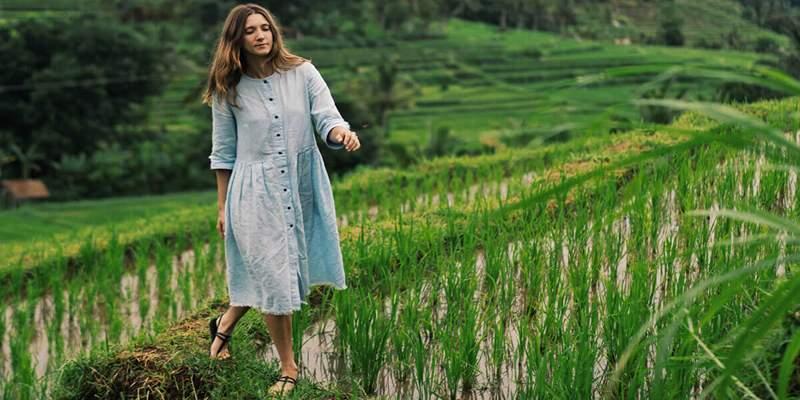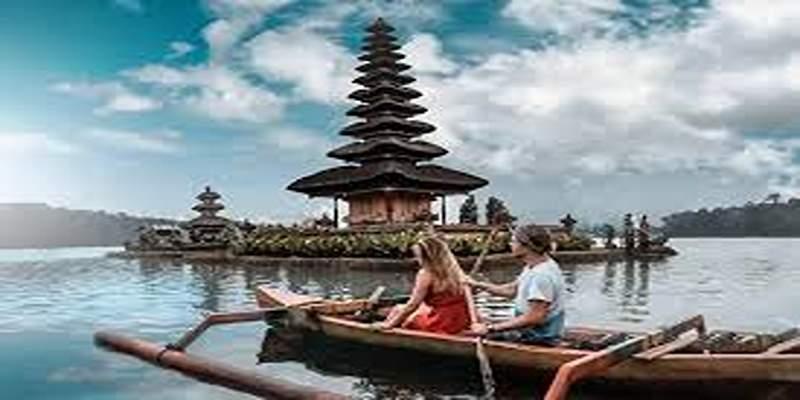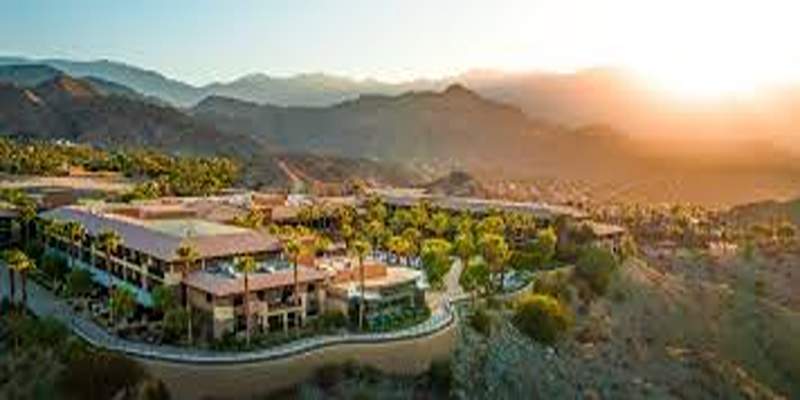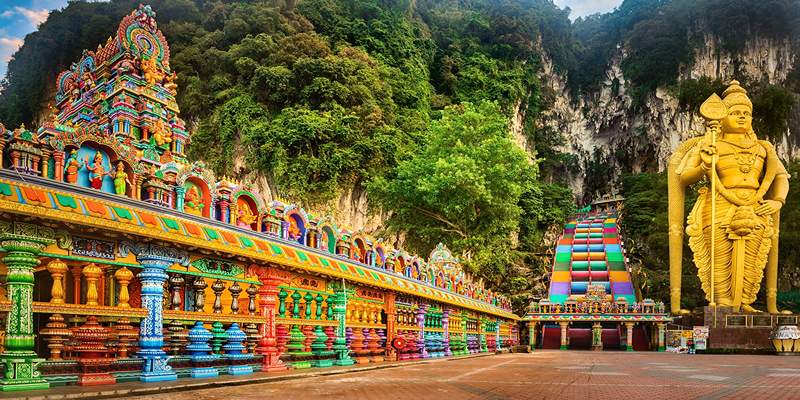Introduction
The Jatiluwih Rice Terraces are one of Bali's most stunning natural wonders. The Tabanan Regency's rice terraces are a UNESCO World Heritage site notable for its lush foliage and subak watering system. Taking a brief trek through the Jatiluwih Rice Terraces can let you understand Bali's landscape.
This tourist location is calm since there are fewer people. No matter your experience, walking through Jatiluwih is a relaxing way to connect with nature. This post covers everything about strolling in Jatiluwih, from where it is to what the rice terraces signify to the locals. Do not miss it on your Bali vacation.
Location and Accessibility
The Tabanan Regency is where the Jatiluwih Rice Terraces are, which is about 30 kilometres north of Denpasar. They are at the base of Mount Batukaru and have beautiful views of the area. The weather is cooler there, which makes it a great place to get away from Bali's hot seaside areas.
To get to Jatiluwih, you can either hire a private driver or rent a motorcycle. The drive from Ubud takes between 1.5 and 2 hours, based on traffic, and has beautiful views of local farms and traditional towns. The roads to Jatiluwih are well-paved, and there are clear signs at the entrance to the terraces when you get there.
What to Expect During the Trek
The trek through Jatiluwih Rice Terraces is easy and suitable for all levels of trekkers. The paths are wide and well-maintained, with clear signage to guide you. The trek typically takes 1 to 2 hours, covering 3 to 5 kilometres, depending on your route.
As you walk, you will be surrounded by lush, green rice fields that stretch across the landscape. The terraces are laid out in a stair-step pattern, creating a beautiful visual effect. Youll also see local farmers working the fields, which offers a glimpse into Balis agricultural way of life. The trail is peaceful and serene, with rustling leaves and distant birdsong filling the air. The trek is not strenuous, and the path is easy to navigate, making it perfect for visitors of all ages and fitness levels.
Best Time to Visit Jatiluwih

The best time to visit the Jatiluwih Rice Terraces is during the dry season, which lasts from April to October. The weather during these months is generally sunny and clear, providing excellent conditions for trekking and sightseeing. The rice fields are also most vibrant during this time, with lush green crops growing in the terraces.
If you visit during the wet season (November to March), the paths can become muddy, and rainfall may disrupt your trek. However, the wet season also brings a different beauty to the landscape, with the rice fields appearing even more lush and vibrant. For the best trekking experience, visiting during the dry season is recommended.
The Cultural Importance of Jatiluwih
The Jatiluwih Rice Terraces are not just a stunning natural sight; they also have deep cultural and spiritual significance for the Balinese. The terraces are part of Balis traditional subak irrigation system, practised for over a thousand years. The system relies on community cooperation to distribute water efficiently to the fields, ensuring a successful harvest.
A set of rules governs this system; the water temples are crucial in maintaining the subak system. Farmers conduct rituals at these temples to honor the water gods and ensure the fertility of the land. The connection between the people, their land, and the spiritual world is an essential part of Balinese culture and is reflected in the landscape of Jatiluwih. Visiting the rice terraces provides a chance to enjoy nature and learn about the cultural and spiritual practices that have shaped Bali for centuries.
Tips for a Comfortable Trek
Although the trek through the Jatiluwih Rice Terraces is easy, there are a few tips that will ensure you have a comfortable experience:
- Please wear comfortable shoes: The paths may be uneven or slightly slippery in places, so its best to wear sturdy footwear suitable for walking.
- Bring sunscreen and a hat: The sun can be intense, especially during midday, so be sure to protect yourself from the suns rays.
- Stay hydrated: There are no food or drink stalls along the trail, so carry a water bottle to stay hydrated during your hike.
- Respect local culture: Be mindful of the farmers working in the fields, and always ask for permission before taking photos of them or their work.
- Bring a camera: Jatiluwih is a photographers paradise, so dont forget to capture the stunning landscapes and cultural scenes.
Nearby Attractions

Once youve completed your trek through the Jatiluwih Rice Terraces, there are several nearby attractions you can explore:
- Mount Batukaru: For those seeking more adventure, consider hiking Mount Batukaru, Balis second-highest volcano. The hike offers panoramic views of the island and is a great way to continue your exploration of Balis natural beauty.
- Ulun Danu Beratan Temple: Located around 30 minutes from Jatiluwih, this serene temple sits on the shores of Lake Beratan and offers a peaceful atmosphere for reflection.
- Taman Ayun Temple: A UNESCO-listed temple located about 30 minutes away from Jatiluwih, Taman Ayun is known for its expansive gardens and traditional Balinese architecture.
Conclusion
Bali visitors must view the Jatiluwih Rice Terraces. Trekking through the terraces is simple and picturesque for all fitness levels. Walking through Bali's rich green fields will help you appreciate its agricultural legacy and the residents' spiritual connection to the land. Jatiluwih provides a unique and enjoyable experience for anyone seeking a calm getaway from the throng or rural Bali ambiance. This brief hike through Bali's most beautiful scenery highlights every tour.







